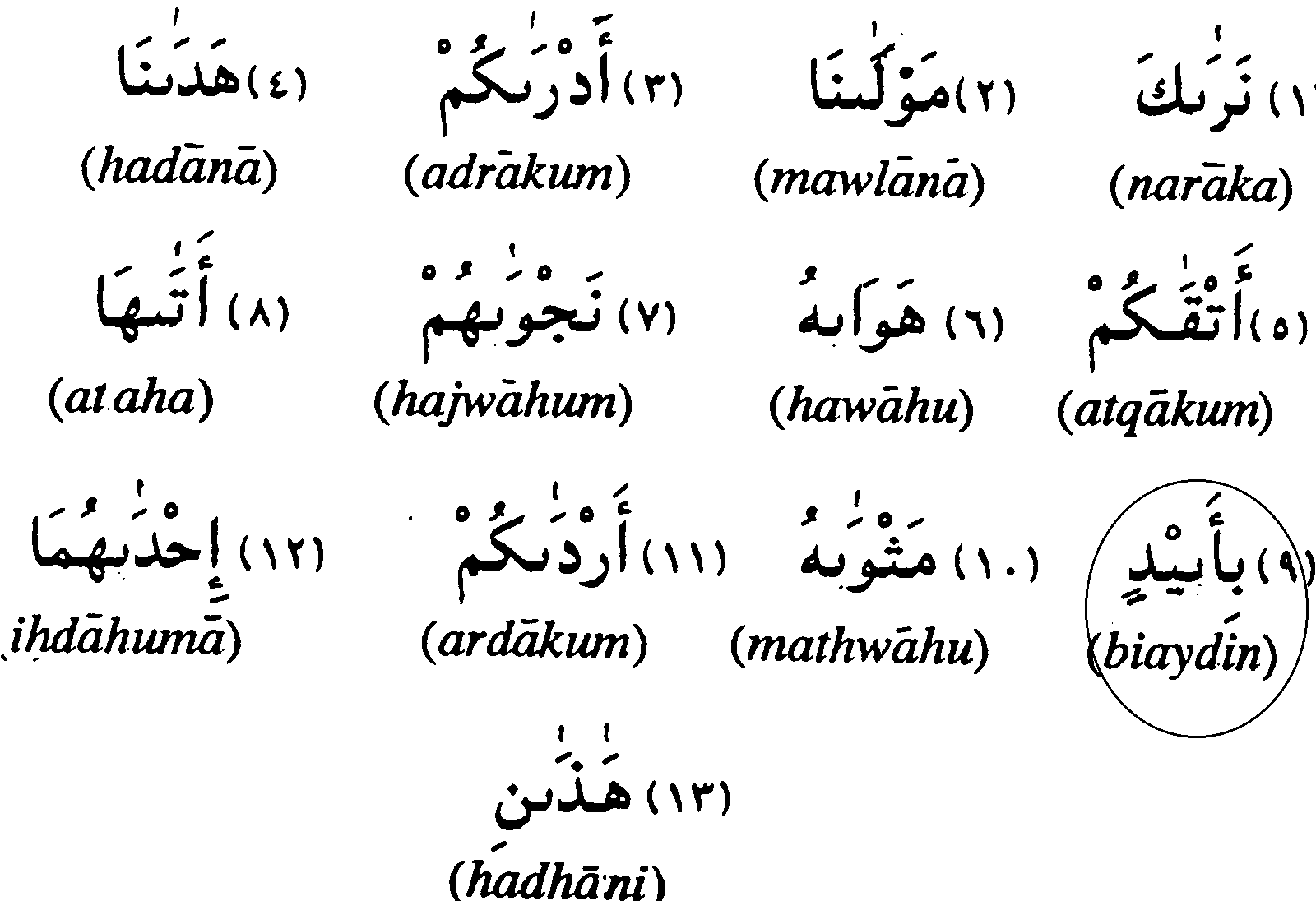|
Part 2: The True State Of The Qur'an CHAPTER XIII (Cont'd.) Back To Main Index "Again, in thousands of cases it [alif] is not written, although it is fully pronounced (for instance ought to have been written
Thus, this new sign is used to ‘mimic’ consonantal symbol alifs in order to make up for thousands of missing ones which "ought to have been written" and weren’t, as is evident in the inconsistent spelling mistakes we will note. This method does not ‘replace’ the alifs into the graphic form, but in a manner which is mistaken by some as ‘original Qur’anic Arabic’.9 The following Note IX from p. xxxi of the 1938 Hyderabad printing of M. Pickthall’s translation and an Indian-ised 1924 Royal Cairo Edition confirms this. The dagger alifs (small alifs) are marked with arrows:
Although the dagger alif is also utilised in some cases in modern Arabic it is not part of ‘original’ Qur’anic script. Islam has happily used it these so-called ‘small alifs’ to ‘correct’ various types of shortfalls in the ‘original’ - the true Qur’anic Arabic. It is important to note, then, that while Bilal Philips introduces some spelling mistakes which require this type of ‘correcting’. He also attributes them to the work of ‘Uthman’s scribes: "The Qur’an is essentially an oral revelation 10 written down according to the Arabic script known to the Prophet’s (PBUH) companions. Even the peculiarities of the scribes responsible for transcribing copies of the Qur’an made during Caliph Uthman’s reign (644-56 C.E.) have been preserved to this day since Muslim scholars down through the ages have unanimously agreed to follow the basic structure of the "Uthmanic" transcription when making new131 |
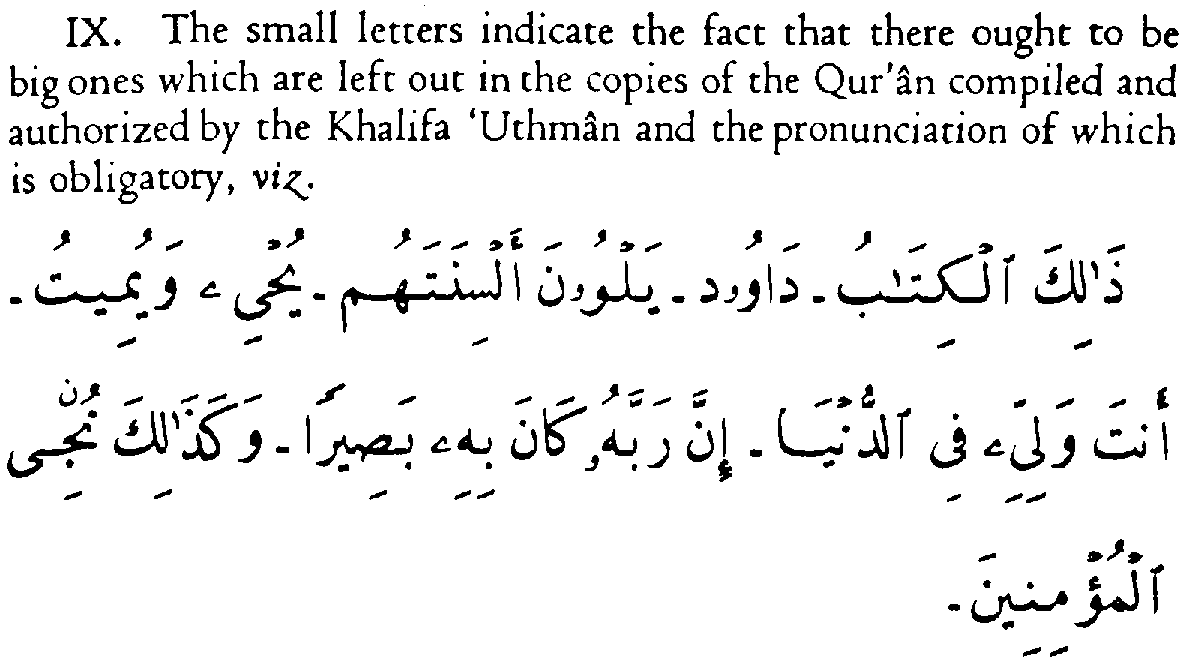
 Bismillaahir-Rahmaanir-Raheem (In the name of Allah, The Beneficient, The Merciful), there are 3 deleted Alifs, one of which is unpronounced (
Bismillaahir-Rahmaanir-Raheem (In the name of Allah, The Beneficient, The Merciful), there are 3 deleted Alifs, one of which is unpronounced (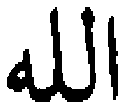 ) and (
) and (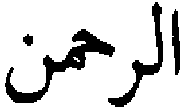 ), which make the total number of letters 22 and not 19." (‘19’, Bilal Philips, p. 10f)
), which make the total number of letters 22 and not 19." (‘19’, Bilal Philips, p. 10f) [‘Allaah’]. Thus Hamidullah too admits that the word Allah is misspelled in the Qur’an.
[‘Allaah’]. Thus Hamidullah too admits that the word Allah is misspelled in the Qur’an. 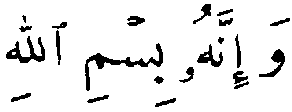 ). However, they didn’t follow this spelling in each Bismillah which introduce each Surah
). However, they didn’t follow this spelling in each Bismillah which introduce each Surah
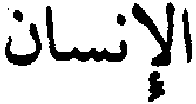 is written as
is written as 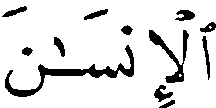 .
. 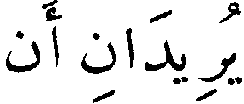 . Since the Medinan (Warsh) text also has dagger alif
. Since the Medinan (Warsh) text also has dagger alif 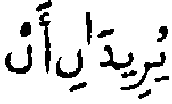 , we again find evidence that the Indian and Pakistani Taj (as in the Swahili) texts bear
, we again find evidence that the Indian and Pakistani Taj (as in the Swahili) texts bear 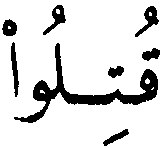 ), that of Hafs, sticks to the text of ‘Uthman, while
), that of Hafs, sticks to the text of ‘Uthman, while 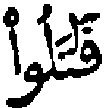 ), that of Warsh, has been obtained by adding a dagger alif, and thus ‘extending’ (adding to) the text of ‘Uthman one alif.
), that of Warsh, has been obtained by adding a dagger alif, and thus ‘extending’ (adding to) the text of ‘Uthman one alif. 
